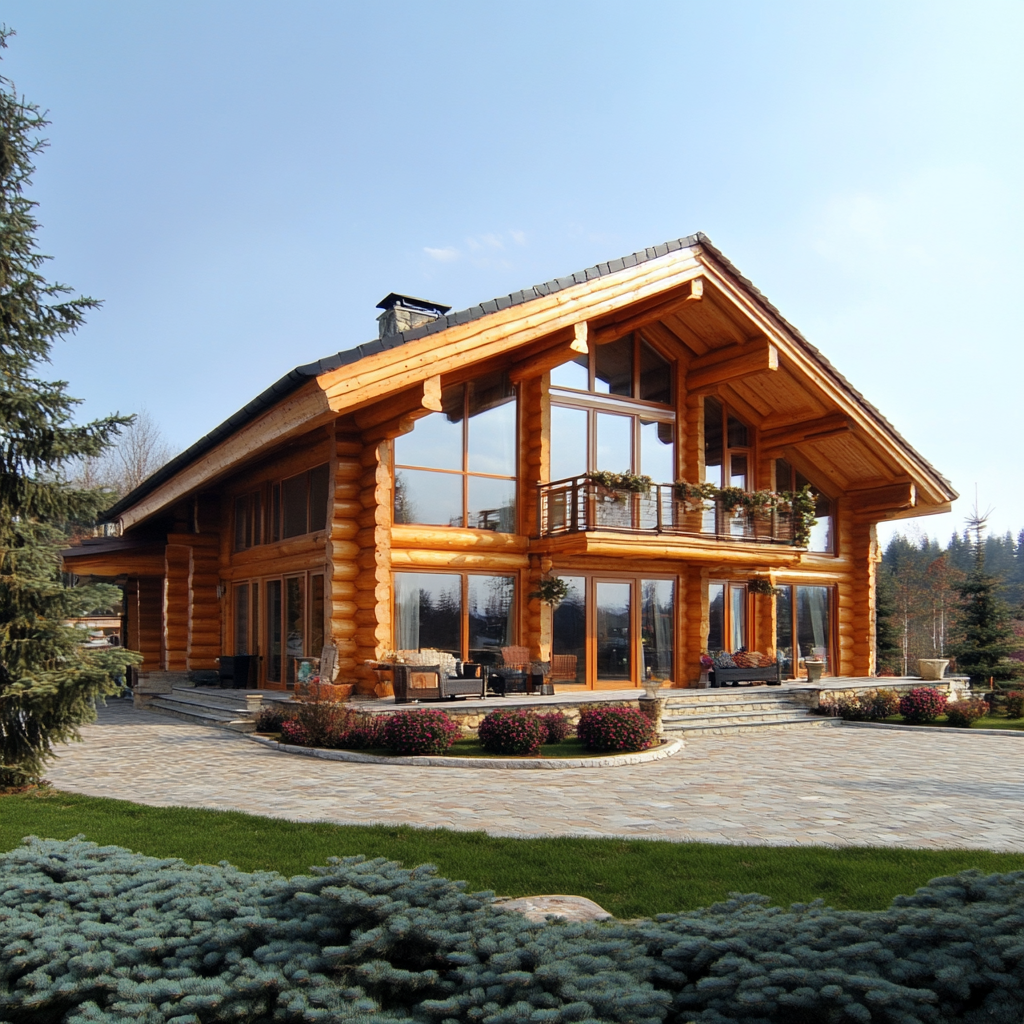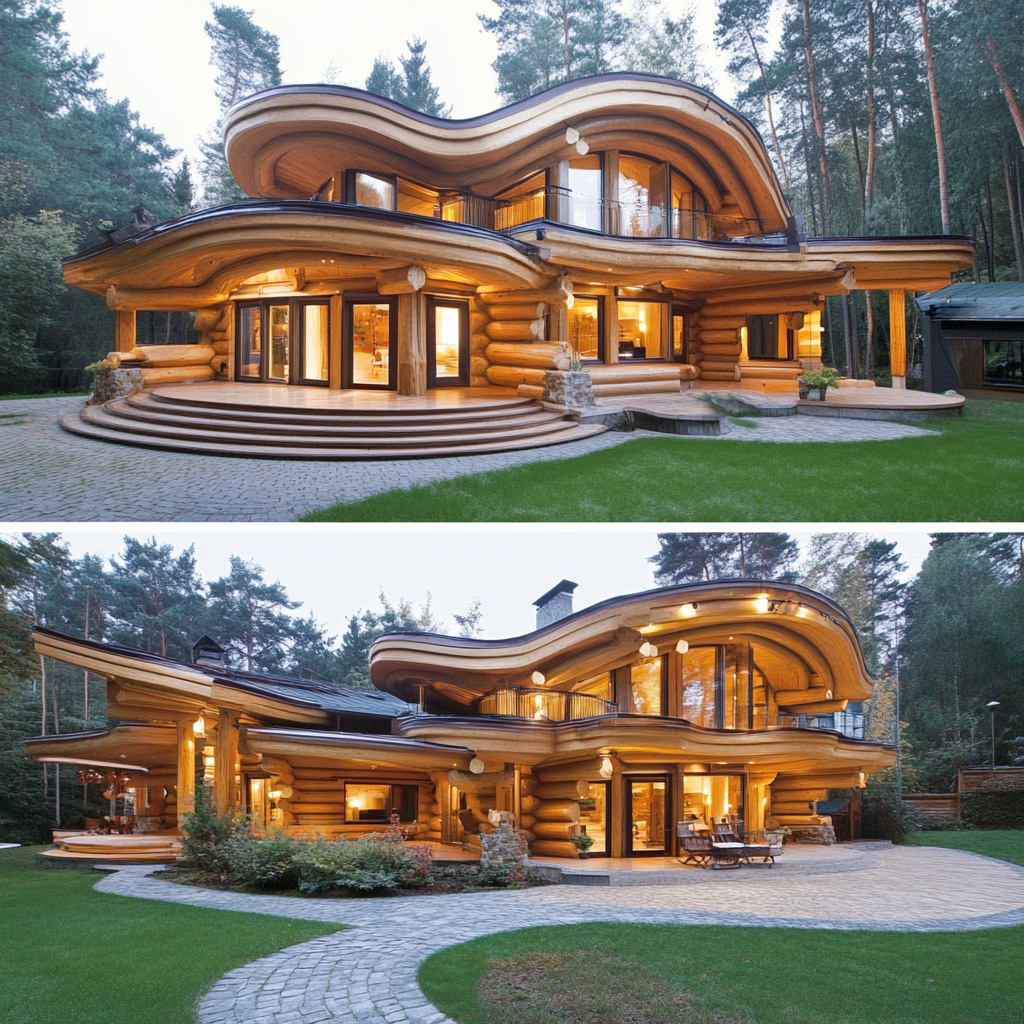Modular construction provides many advantages. Some of these advantages are: faster construction, reduced environmental impact and shorter project timeline. Furthermore, foundation work and site preparation work can occur simultaneously with modular building construction.
Modular homes offer the ideal way for those who wish to enjoy nature while taking advantage of modern amenities. Eurodita has designed beautiful log cabins that combine traditional with contemporary design elements.
Cost
Modular homes are assembled in factory settings before being transported directly to their final home sites for assembly. While modulars adhere to the same building codes as traditionally-constructed on-site homes, they should not be confused with manufactured or mobile homes, which don’t have permanent foundations. Furthermore, modulars tend to be constructed faster and often cost less; additionally they are energy-efficient and eco-friendly options that meet building code.
Modular construction does have its downsides. One is that quality can differ widely depending on which manufacturer is chosen – some offer exceptional craftsmanship while others cut corners to save time or money. When choosing your manufacturer it’s essential that you ask plenty of questions and receive references beforehand; also finding suitable land may prove challenging.
One drawback of modular construction is its increased construction time in the factory compared to building on-site homes, as modules must be constructed so as to be transportable. If builders fail to account for this factor, delays and additional expenses could ensue.
Some people have an impression that modular homes don’t look as “nice” or are of lower-quality than their traditional counterparts, which may put off potential buyers. If you select an excellent manufacturer and tailor it to suit your tastes, they could make an excellent addition.
If you are considering building a modular home, make sure that you discuss customization options with your contractor. Many manufacturers offer design centers where you can make selections. Some even feature simulation capabilities so you can walk through your house before it is completed!
Modular homes have quickly become a top choice among homebuyers due to their fast construction time and lower costs, offering an appealing alternative for people wanting to avoid on-site construction costs. Unfortunately, modular construction does have its drawbacks, such as lack of customization options, increased transportation costs, and an sometimes complex loan application process.
Time
Building a home can be an immense endeavor and time consuming. To speed up this process, modular construction offers a solution: manufactured structural pieces are created in factories before being shipped directly to sites for assembly allowing homeowners to complete their homes in significantly less time than traditional builds would take.
Modular construction has grown increasingly popular around the globe due to its numerous benefits. One such advantage is enabling builders to construct energy-efficient homes that save them money over time while also eliminating demolition waste and saving the planet.
Reduced material waste and more accurate measuring devices can also lower risk, as well as shorten project completion times by up to 30%, which benefits both builders and homeowners.
Though modular home building is faster than traditional construction, there can be several challenges associated with it that need to be addressed. First is finding land suitable for building the modular home. Second may require modifications to comply with local codes and regulations. Thirdly is budget planning which must ensure adequate funds are available to complete the project without incurring mechanic’s liens.
Modular home manufacturing is generally handled by a handful of suppliers who specialize in single-family houses, thus concentrating the execution risk for your project into only a few suppliers and necessitating careful oversight from contractors and owners, particularly if the manufacturer is unbonded.
Offsite construction projects have become increasingly common across the US. One developer in Philadelphia recently used modular construction to assemble 75 modules from 100 miles away before transporting them for assembly in Philadelphia. Projects like these help boost economic development while creating jobs in urban areas and provide employment for local residents.
Quality
If you’re considering purchasing a modular home, make sure that it meets all of your expectations. While modular homes may be constructed faster than traditional houses, their quality may vary significantly – some builders may use subpar materials or cut corners which results in poor craftsmanship or inadequate insulation; other companies like Eurodita are dedicated to producing top-quality products.
Modular construction is a form of building in which components are manufactured in factories before being shipped directly to their destination site for assembly. This method reduces costs without compromising quality, offering many benefits including faster construction time due to no weather-related delays and more precise craftsmanship, leading to fewer errors; furthermore, this process can be speeded up using pre-cut components.
Modular construction provides several benefits over traditional site-built homes, including eliminating on-site labor costs and saving money on materials and labor expenses. Furthermore, modular structures often comply with local and state codes while often needing less inspection than their counterparts.
One of the greatest challenges associated with modular home building is transport. Because each module is constructed under controlled conditions, they must be protected from damage during transport – which may prove tricky in mountainous regions. Furthermore, you may require using a crane to lower it into place on its foundation.
To avoid such issues, it is crucial to hire a builder with experience in modular construction. Also be sure to request references and inspect the final product thoroughly.
Quality modular homes depend on several factors, including the type of lumber used and manufacturing processes employed. Eurodita uses premium glulam lumber in its cabin construction for greater sturdiness and insulation, as well as sustainably harvested wood sources to make its homes an eco-friendly choice.
Flexibility
Modular construction provides greater design and planning flexibility, with components built under controlled environments and transported directly to their intended locations for assembly on-site. This method also reduces project completion times. As a result, modular homes offer quality custom built homes at competitive prices compared with traditional structures built using more time consuming methods – plus comply with local building codes and regulations!
The modular housing industry is experiencing rapid expansion due to multiple factors, including an increasing demand for new homes and an acute labor shortage. Modular buildings can be constructed more precisely and professionally in factory settings than on-site construction; additionally, materials remain within the factory so unused supplies can be reused elsewhere – an approach which helps companies meet sustainability goals while simultaneously reducing waste.
As advantageous as modular construction can be, there can also be some disadvantages associated with it. Resale values of modular homes may be lower than traditional ones and building code restrictions may restrict where these modular houses can be constructed.
Modular homes are constructed in factories, so they experience fewer delays than traditional houses. Manufacturers use computer-aided design (CAD) software to design the layout and plans, then produce modules in the factory for transportation to home sites for assembly on foundations – where finishing will occur according to each homeowner’s specifications.
Modular home construction is more efficient than on-site construction, as the entire process can be completed faster and on schedule, which allows companies to offer better prices to clients while increasing revenue.
One of the chief benefits of modular homes is their energy-saving qualities, as they’re constructed in controlled environments without exposure to weather elements that could reduce energy use. Plus, these homes use eco-friendly materials.

